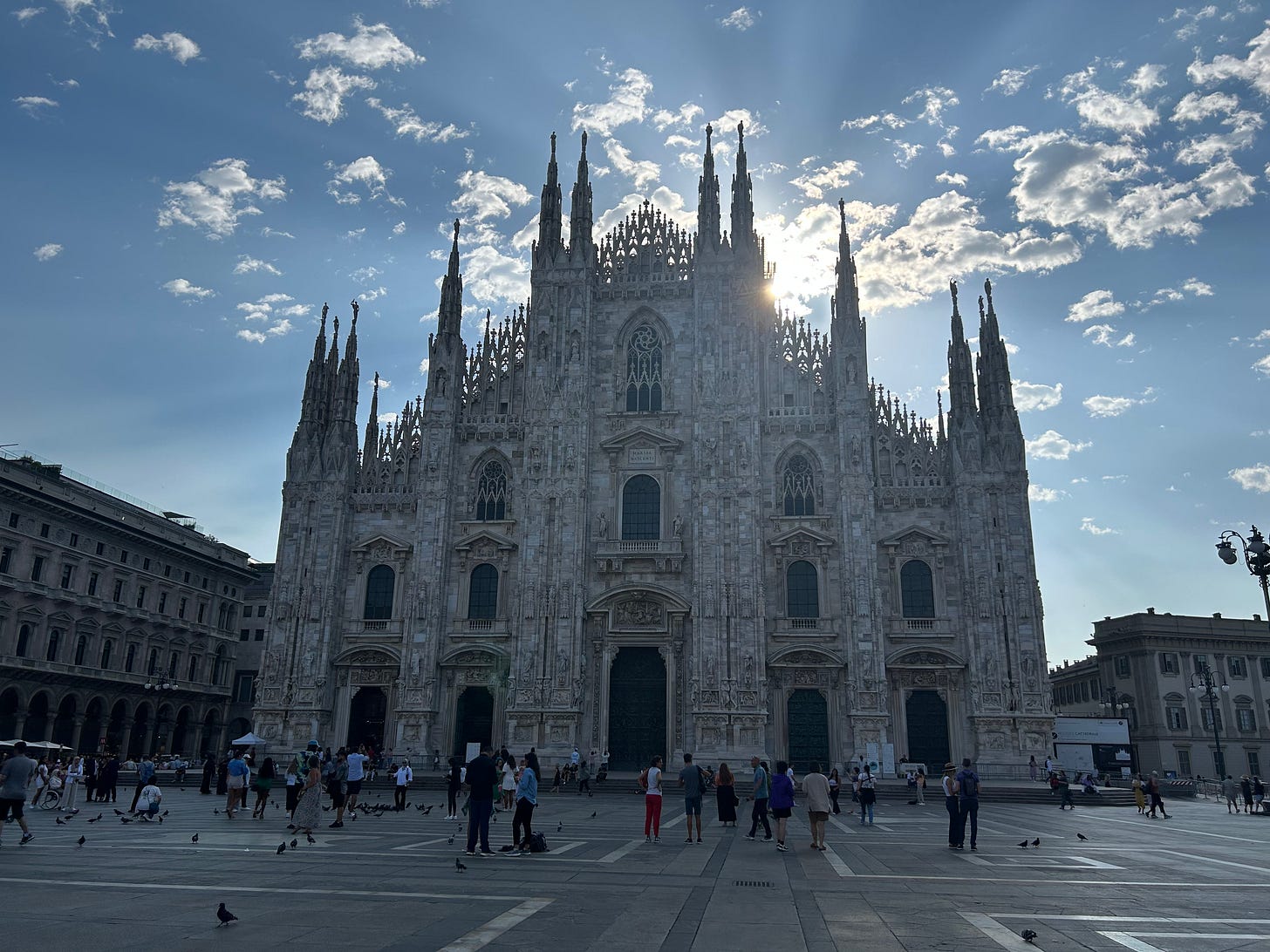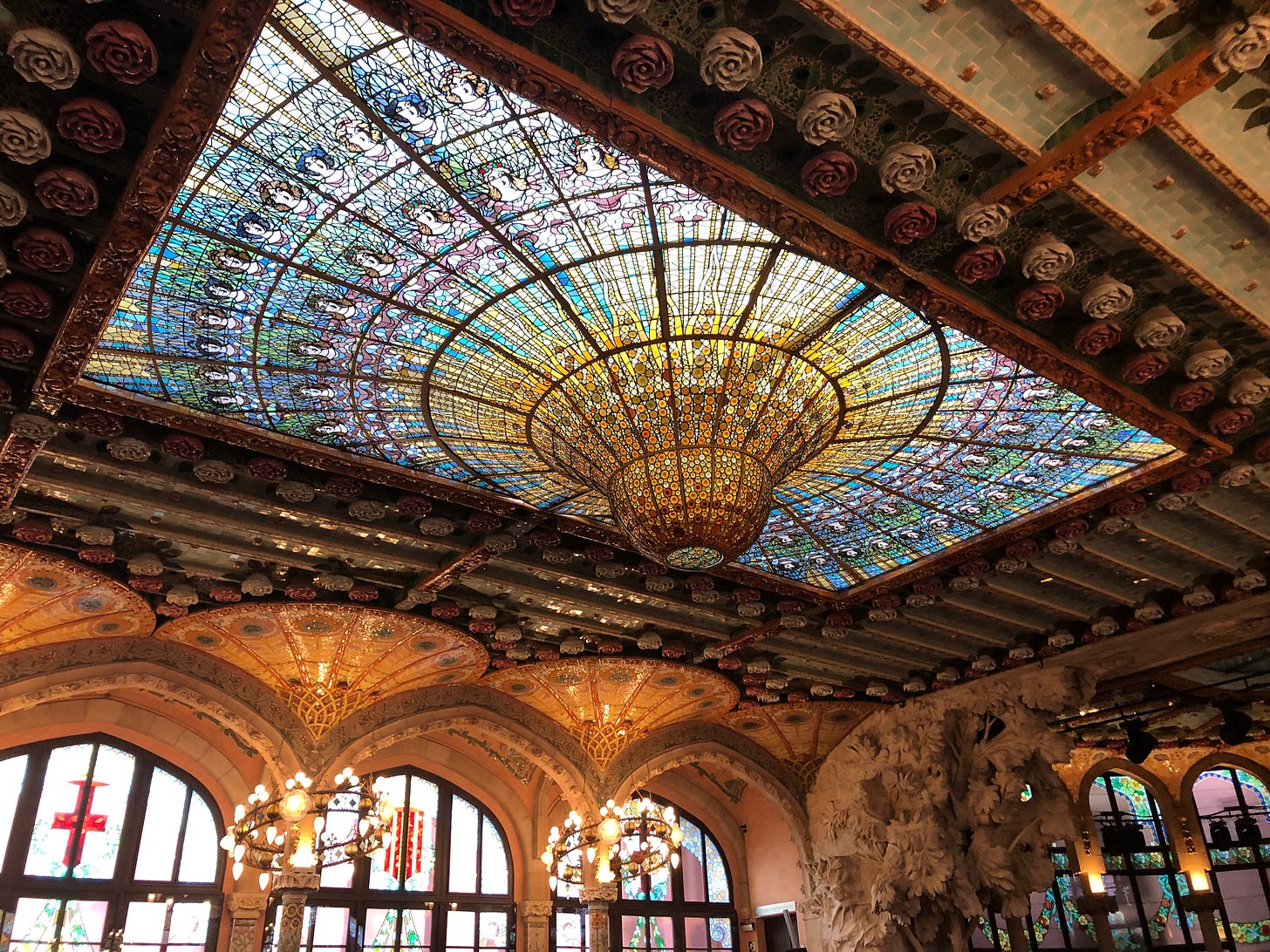This is the overly simplified version of architecture history that you don’t want your art history professor to read or your architect friend to see. It is just to create a framework in your head so you have a simple reference point to explore the rich architectural landscape around you.
I’m no architecture or art history major so I think of architectural “styles” simply in 3 main themes - the ancient classical, the “in betweens” and modern.
So here we go, architecture history for dummies - timeline, key features and examples:
Ancient classical
Ancient Greek (Circa 900 BCE to 100 CE)
Tall columns, post-and-lintel construction
Proportions, symmetry and harmony
Doric, Ionic and Corinthian orders
Classic example: Parthenon (Athens, Greece built 447-432 BCE)
Ancient Rome (753 BCE to 476 CE)
Arches, vaults and domes
Advanced materials of limestone, marble, concrete, fired bricks
Tuscan and Composite orders
Classic example: Pantheon/Basilica di Santa Maria (Rome, Italy built 113-125 CE)4eeee
Revival example: Panthéon (Paris, France built 1758-90)
The “In-betweens”
Romanesque (1000s-1200s)
Thick walls, heavy piers and columns
Round and semicircular arches
Towers and symmetrical layout
Classic example: Modena Cathedral (Modena, Italy build 1099-1184)
Revival example: 484 Broome St (New York, US, built 1890 by Alfred Zucker)
Gothic (1100s-1500s); Gothic Revival (1700s-1900s)
Pointed arches, pinnacles and thin spires
Flying buttresses and rib vaults
Stained-glass windows and rich decoration
Italian example: Milan Cathedral (Milan, Italy built 1387-1965)
Revival example: Woolworth Building (New York, US built 1910-12)
Renaissance (1400s-1600s)
Classical references
Proportions and regularity
Soaring buildings to define a city’s skyline
Italian example: Florence Cathedral Dome (Florence, Italy built 1436)
Baroque & Rococo (1600s-1700s)
Exaggerated grandeur
Bold ornaments
Gilding (gold paint)
French example: Palace of Versailles (Versailles, France built 1661-1715)
Beaux Arts (1800s-1900s)
Layered facades with classical references
Sculptures along roof lines
Iron material
French example: Musee d’Orsay (Paris, France 1898-1900)
Art Nouveau (1800s-1900s)
Asymmetry and smooth lines
Organic elements and curves
Cast iron and glass
Spanish example: Palau de la Música Catalana (Barcelona, Spain built 1905-8)
Modern
Art Deco (1900s)
Geometric shapes and repeating patterns
Curved buildings
Glamour and detailed craftsmanship
New York example: Chrysler Building (New York, US built 1928-30)
Modernism (1900s-present)
Simple shapes with focus on functionality
Smooth surfaces with minimal decor
Glass, steel and concrete
New York example: One World Trade Center (New York, US built 2006-2014)
References:
Architectural styles a visual guide by Margaret Fletcher (2020)
The Architecture Book Big Ideas Simply Explained by DK Publishing (2023)
AIA Guide to New York City (2010)
All photos rights reserved by author, do not republish without permission.











